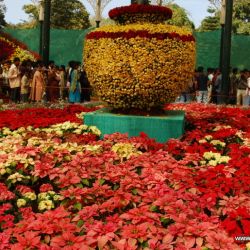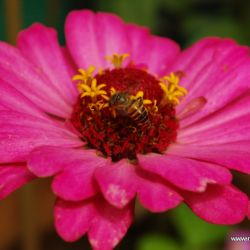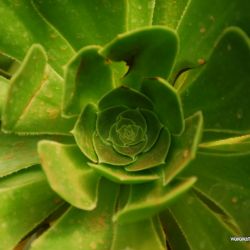Hyder Ali commissioned the building of this garden in 1760 but his son, Tipu Sultan, completed it. Lal Bagh is a 240 acre (971,000 sq.m. – almost 1 km.) garden and is located on the southern part of Bangalore.
It holds a number of flower shows, especially on the Republic Day (26th January). The garden has over 1,000 species of flora. The Glass House, modeled on London’s Crystal Palace (now re-modelled with a different layout), is the center of attraction.
Hyder Ali laid out these famous botanical gardens and his son added horticultural wealth to them by importing trees and plants from several countries.
The Lal Bagh Gardens were commissioned by the 18th century and over the years it acquired India’s first lawn-clock and the subcontinent’s largest collection of rare plants. The garden also has trees that are over 100 years old.
The Glass House at Lal Bagh
The garden surrounds one of the towers erected by the founder of Bangalore, Kempe Gowda. Hyder Ali decided to create this garden on the lines of the Mughal Gardens that were gaining popularity during his time.
The park has some rare species of plants brought from Persia, Afghanistan and France. With an intricate watering system for irrigation, this garden is aesthetically designed, with lawns, flowerbeds, lotus pools and fountains.
Most of the centuries old trees are labeled for easy identification. The Lal Bagh Rock, one of the oldest rock formations on earth, dating back to 3000 million years, is another attraction that brings the crowds.
Basis for modeling of Lal Bagh Gardens
The Lal Bagh Gardens are based on the design of the Mughal Gardens that once stood at Sira, at a distance of 120 km from Bangalore on the main NH4 at Tumkur District in Karnataka.
This is amply supported by ASI (Archaeological Survey of India) and other historical records. At that time, Sira was the head-quarters / capital of the strategically important southernmost Mughal “suba” (province) of the Deccan before the British Raj.















































































































